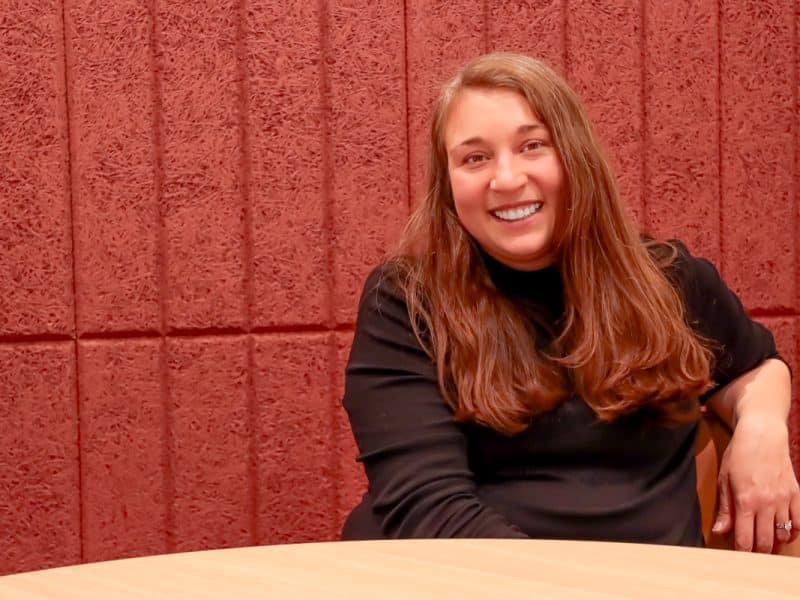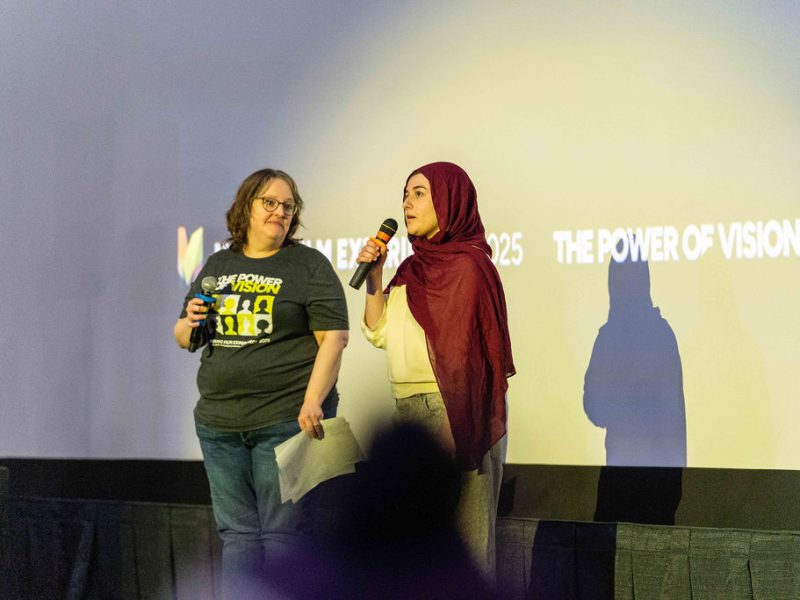G-Sync: Getting it right – crossing lines for change
What can Grand Rapids learn from its past, and where is the city going? Publisher and Lifestyle Editor Tommy Allen begins to look back, and forward, as 2015 comes to a close.
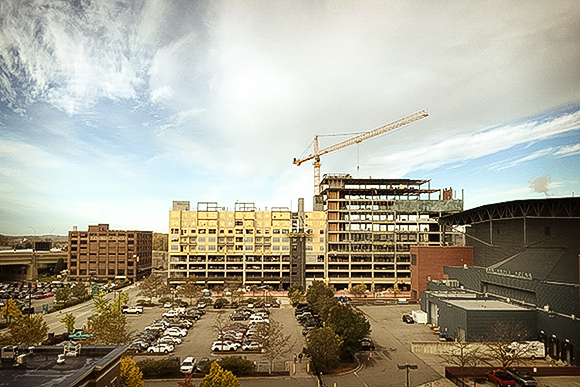
Cities are hot. Don’t believe me? Just scan the headlines of any major news outlet over the last few years, and you will see the topic of urban development is one that is dominating our headlines. Migrations are a natural activity of our world, from butterflies to people to even viruses. The act of crossing lines in search of a suitable new home is wired in our DNA.
Often motivated by one’s desire to improve their lives or to reduce the risk of one’s vulnerability, migrations are a part of life.
At the start of Rapid Growth, we, prior to our launch in 2006, sat down to listen to economic developers, builders, universities, foundations, neighborhood associations, and local governments in coffee shops, restaurants, and pubs all around the city.
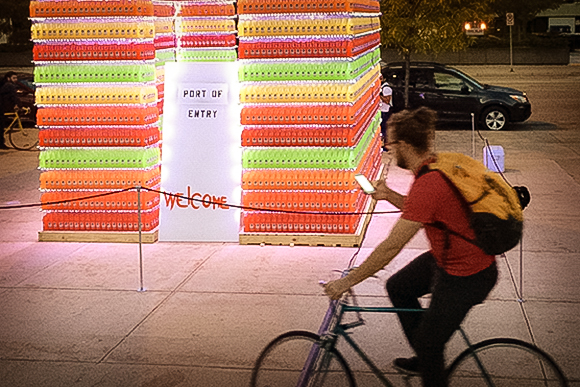
Looking back, it seems like a lifetime ago considering how the urban landscape has drastically shifted. It is my hope that, in my new role as Rapid Growth’s Publisher, we will have a chance to showcase and reflect on these changes in 2016, when we officially begin to celebrate our 10 years in West Michigan.
Shortly after we began publishing, the United Nations released the State of World Population (2007) report — a document surveying the urban landscape of our more recent past, showcasing the wins and losses we have faced as a planet within our cities. The report was the equivalent of getting a map with not just the roads but the terrain ahead to help us best understand our journey moving forward.
In their projections, which have hit their marks ever since the 2007 report was published, we began to see populations of people once fleeing our urban centers for suburban living reverse course as a pattern of global migration back to cities was afoot nearly everywhere around the world. Cities are hot again.
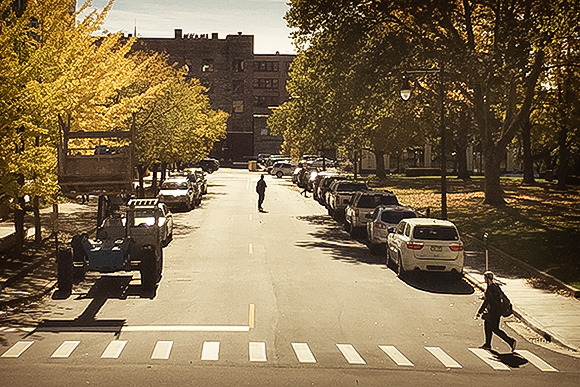
So, what can we learn from this moment that has never happened at this scale before in our planet’s history?
For starters, we can begin to look at the 2030 Sustainable Development Agenda — a 17-point guide for nations to adopt and fold into their future goals.
But on a local level, I believe we also need to look honestly at who we have become, what is still possible, and how can we advance together as a city avoiding the pitfalls of other metropolises where failure to respond has dominated the headlines across the nation. We need to be smarter than others’ mistakes.
What makes such a bold proclamation so doable here is this is a city that, despite all the changes we have experienced since I moved here in the 1980s, is unlike many other places where I have worked: The opportunity to leave one’s fingerprints on a project can still happen here.
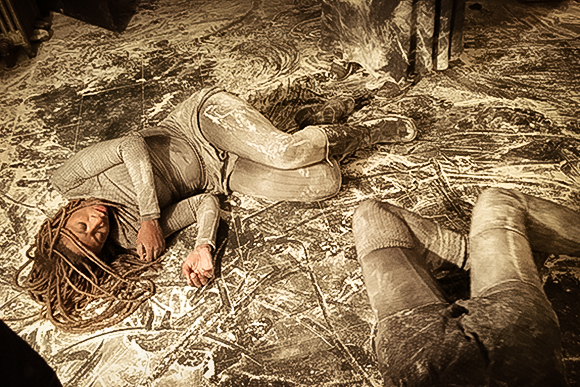
When Newsweek’s blogger click baited us with news of Grand Rapids topping a list of America’s Top 10 Dying Cities, we responded as a city.
The report showcased data from the Census Bureau and looked at every metropolitan area with a population exceeding 100,000. Within this set were 30 cities that were, at the time, suffering the steep population decline between the years 2000 and 2009. The post arrived to the conclusion that any city that was losing such a high rate of residents under the age of 18 was in fact a dying city.
In hindsight, it might have seemed a bit foolish. In fact, by today’s standards, our video response probably would not happen if such a report was released today. Frankly, I am glad the video happened when it did, as it showcased some clues for future generations as to who we are for better or worse.
But it’s also important to our city that we looked closely at what the data was suggesting and began the dialogue about how to fix it. This is just one of many examples of the numerous opportunities that occur here when a concerned group sets their mind to solving our urban puzzles — a fact backed up most recently by Rapid Growth’s four-part special report on the Grand Rapids Public Schools and how it is providing a model others are now seeking to emulate.
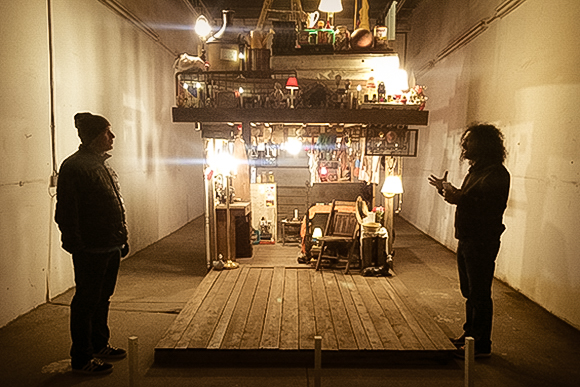
Many years later, another writer, Grand Rapids Business Journal’s Mike Nichols, reflected again on the meaning of the music video in his interview with Mayor George Heartwell in 2013 on the now legendary blog post heard around the world, via our more than five million views of the popular YouTube response video. “Lists are great — that is, if you appear on the list,” said Heartwell.
What has emerged over the years is a city full of civic pride and one not willing to take bad news lying down.
And, as Mayor Heartwell went on to say to Nichols about our city’s response, we are a place where, at its core, there is a desire to be understood — but also to get it right when glaring reports contradict our perceived realities.
After all that we have accomplished, we still are a city that is a mystery to so many on the outside. It is this fact that inspired an advertising creative to advance a slogan, “Grand Rapids: Keep It a Secret,” with the logo looking like an olive to some, but which was actually a highly stylized bullseye reflecting the new center of the city, Rosa Parks Circle.

While we have witnessed unprecedented expansion in our metro centers, this can come at a cost. Such a cost is the focus of many within our community who are becoming more vocal that we must begin to talk about these bumps we are experiencing, as others have in other cities. To place our head in the sand would mean that we are doomed to follow the same fate others areas’ headlines reveal. We have to find ways to not just advance our city, but advance policies that work here for us and on behalf of all of us.
Sure, it might be easy to mount a task force to see how we as a city can incorporate the United Nation’s Millennium Development Goals into our own mission, but I would suggest we take a closer look at what we can still do here that is rooted in our reality.
Cities are the future. They are the birthplace of innovation. They operate often in opposition to the status quo, favoring an individuality that we need to begin to embrace in each urban center, freely exchanging ideas within our urban environment and then exporting how we discovered our solutions via open sharing platforms.
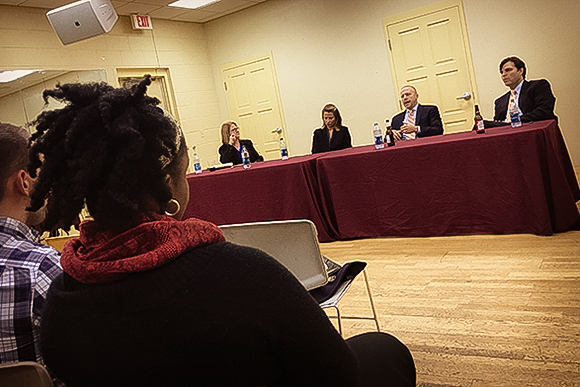
We need to stop dismissing those who may not line up along a neatly prescribed party line, as we have watched become our modus operandi in Lansing and Washington. We have to show them what a city is capable of performing across the collaborative spaces of our urban center.
There are those who would seek to paint a picture of a dystopian future should our migrations become imbalanced. And maybe they are right on one part: the part where we do nothing and let life just happen to us.
I am reminded of a conversation I had with my father many decades ago, when we heatedly discussed the fate of mankind. I still recall that, while we were very closely aligned to the characters from a Herman Hesse novel — a favorite still to those in certain college literature groups — I, particularly as I get older, see more opportunities to blend our views towards a common good rooted in our shared humanity.
It is no secret to our long term readers that I come out of the arts and, while not trying to elevate myself to that of one of my writing heroes, Frank Rich (New York Times, New York Magazine), who started in the arts before crossing over into political writing, I still adore a well-written story.
Thankfully, I still enjoy the arts as a subject worth exploring as we grapple with life’s bigger issues.
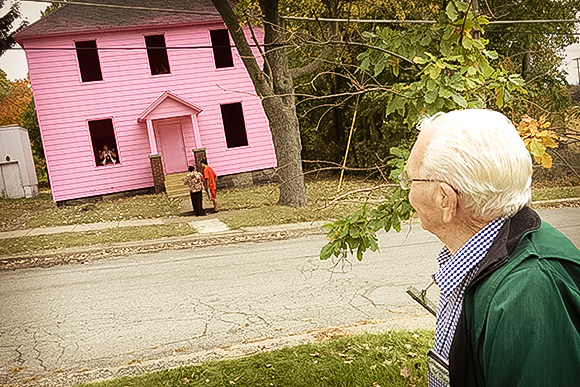
On the season three opener of Getting On, Dr. Jenna James (Laurie Metcalf), after a long day at the elder care facility where she manages a team of nurses and interns, shares the story of a Hindu patient who, being spared death, vowed to seek out and perform good deeds with the time left in order to avoid being reincarnated as a cat.
Dr. James says in closing, “We should all be ashamed to die until we’ve scored some victory for humanity. And time’s a wastin’.”
I feel the same way as we move into a new decade where so much potential greatness awaits our city.
We have witnessed much in 10 years, but we are also discovering gaps that will need to be addressed. What say we score a few victories as we alleviate suffering, but also find time to propagate joy within our community. Maybe that’s what the lesson of life is, what really matters in the end. No more wastin’ time. Let’s score some victories in our city…together.
The Future (still) Needs All of Us.
Tommy Allen
Publisher and Lifestyle Editor
Rapid Growth
Visit G-Sync Events: Let’s Do This! – a curated list of events reflecting the exciting opportunities to consider adding to your week.
Images provided this week by Tommy Allen and reflect themes from the last year and an abbreviated sampling of life in the Greater Grand Rapids region.


